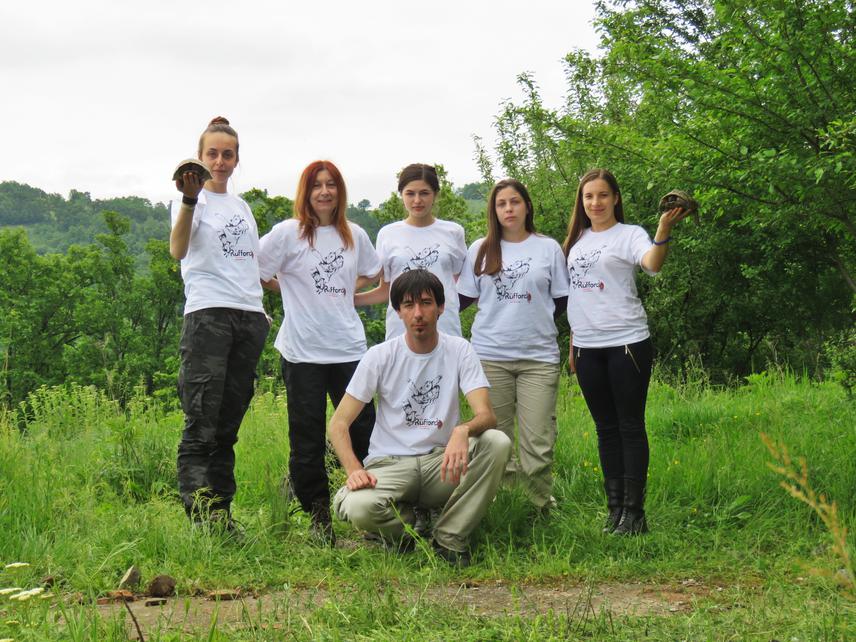Marko Nikolić
Other projects
17 Dec 2015
The Influence of Local Folklore and Cultural Heritage on the Conflict between Man and Hermann’s Tortoises (Testudo hermanni) in Serbia
5 Sep 2018
Fighting Negative Impacts of Tradition on Biodiversity by Education II – Building a Network
22 Mar 2021
Fighting Negative Impacts of Tradition on Biodiversity by Education III – Raising Awareness
he project aim is to determine the impact of traditional beliefs and cultural heritage on endangered wild animal species. It will combine the data about the occurrence of the selected species and species groups (known from Slovenian mythology) in traditional beliefs still present in the communities of local inhabitants and their use in traditional medicine, diet and magic rituals. The second part of the project aims at educating local inhabitants about studied species and species groups, their threat status, the need to protect wild populations and the legislation related to the biodiversity protection.

Many beliefs in Slavic mythology are related to various wild animals which are present in the Serbian fauna. Some of these species are either already threatened (CR, EN, VU) today or they have been declining in the last decades. During interviewing the locals in 2016, it became clear that these beliefs are still present today. The beliefs are also related to the use of wild animals in traditional medicine and diet, which was proven in the previous RFSG project (no. 18761-1) when it comes to the tortoises. There is hardly any published data about the presence of these beliefs among the local inhabitants nowadays. Therefore, it is very important to determine the degree of their presence in order to reduce negative human’s impact on wildlife. The project will enable us to do systematic research about traditional beliefs which may lead to killing the wild animals.
Traditional beliefs may represent a serious factor of endangering wild animals. Education is one of the ways to mitigate this negative impact. Introducing local inhabitants with the current conservation status of the species selected as the targets of this project and with the legislature related to their protection, is an inevitable step in education. Our former engagement in educating the inhabitants highlighted their great interest and we expect the same feedback with this new project.
The project aim is to determine the impact of traditional beliefs and cultural heritage on endangered wild animal species. It will combine the data about the occurrence of the selected species and species groups (known from Slovenian mythology) in traditional beliefs still present in the communities of local inhabitants and their use in traditional medicine, diet and magic rituals. The second part of the project aims at educating local inhabitants about studied species and species groups, their threat status, the need to protect wild populations and the legislation related to the biodiversity protection.